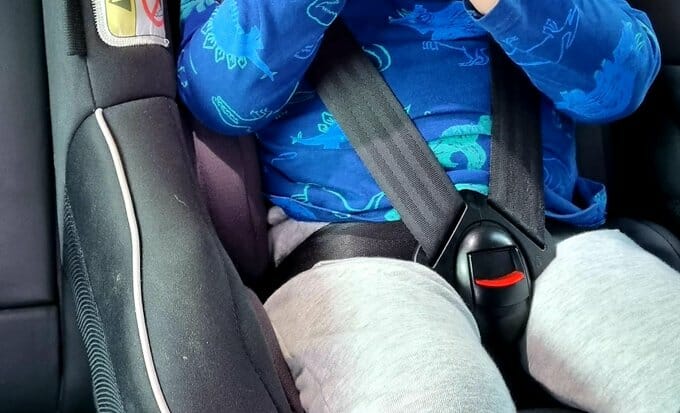Record rainfall, yellow alert
This year the city had the highest total annual rainfall in a decade, but it has now set a new record. The IMD (India Meteorological Department) said that till October 17, 2022, there were 171 cms of rainfall, while on the following day, Tuesday, there was a new record of 174 cms.
Expert sources said the fluctuations in the rains are not new and are already at a scale of 30-50%. They have been caused by human interference, rise in carbon dioxide levels and temperatures. Poor planning has led to flooding in the Bengaluru-Mysuru expressway. Due to heavy rains through Wednesday evening, the city’s underpasses, roads and market complexes were flooded.
The rain slowed down traffic, resulting in snarls in Majestic, Malleswaram and surroundings. Areas like Basavanagudi, Jayanagar, Chamarajpet, Malleswaram, Yeshavantpur, Rajajinagar, KR Market, BTM, Thilaknagar, Basaveshwara Nagar, RT Nagar, Hebbala, Hoodi, KR Puram have received heavy rains.
On Tuesday, October 18th, Sultanpet Main Road, a busy commercial hub, was the worst affected, with the entire stretch completely submerged and unmotorable. The rains were concentrated in the central, southern, eastern, and southeastern parts of the city. The India Meteorological Department’s Bengaluru city observatory received 29 mm of rainfall until 8.30 am while the HAL airport received 20.8 mm of rainfall.
The IMD on Thursday issued a yellow alert and said the city will continue to receive rains till October 23rd. HAL Airport Traffic Police asked commuters to avoid the route between Sakra Hospital and Bellandur Kodi, as vehicles were not moving due to water logging.
BBMP (Bruhat Bengaluru Mahanagara Palike) chief commissioner Tushar Giri Nath said that the East Zone was badly affected, and officials are doing everything to help people. At the Kanakadasa Circle, he asked officials to remove blockages from side drains, so that the rains do not collect on the roads. Commuters were left stranded, as public transport got affected.
Source: The New Indian Express, Deccan Herald, The Indian Express
Read more: Part 3: Why some parts of Bengaluru flood — The gradient factor
New 90-m ladder platform
Chief Minister Basavaraj Bommai dedicated a 90-m aerial ladder platform to enable fire and emergency services personnel with unusual rescue equipment. It would stretch upto about 30 floors. Bengaluru is the second city after Mumbai to have a 90-m aerial ladder.
Imported from Finland at a cost of ₹ 31.19 crore, the ladder is a step being taken to strengthen the fire force and SDRF (State Disaster Response Force), said the CM.
Source: The New Indian Express
Pothole problems
Chief Civic Commissioner Tushar Giri Nath has asked the UDD (Urban Development Department) to stop the contract for Python machine, a hotmix pothole-filling technology vehicle, due to deteriorating conditions of roads and poor progress. The decision was made after the death of Umadevi, 50, in an accident on a bad stretch of road near Lulu Mall, Rajajinagar.
Python machine is run by M/S American Road Technology and Solutions Pvt Ltd (ART&S), which has a contract to fill potholes on 182 kms. Giri Nath said BBMP is not opposing the technology, but had concerns about the performance of the company in the city.
On Tuesday, Tushar Giri Nath said that on an average, the BBMP spends ₹30 crore to close over 30,000 potholes. The Bengaluru Traffic Police had flagged over 110 prominent waterlogging spots on the main roads that blocked traffic and caused potholes.
Source: The Hindu
Seat belts compulsory for passengers
Commissionerates and traffic department heads and superintendents of police of all the districts should mandate wearing seat belts for all passengers of motor vehicles with not more than eight seats, said Praveen Sood, the Director General and Inspector General of Police on Tuesday. Defaulters would have to pay fines of ₹1,000, as per Section 194B of the Motor Vehicles Act.

The city traffic police, however, said that they have already enforced mandatory seat belts for passengers since the rule was updated in September. A fine of ₹500 for first time violators and ₹1,000 for repeat offences was being enforced. However, now first-time offenders will be fined ₹1,000.
Source: The Hindu
Auto fares on apps fall
Fares fell sharply following a High Court order that aggregators should go by rates notified by the government. The minimum fare on apps had crossed ₹100 for 2 kms. The same ride on Uber came down to ₹40 in several places. It was ₹60 on Ola, while the Rapido app showed ₹91. However, fares differed on diverse routes.
However, the government’s notified rate is ₹35 minimum for the first 1.8 km, followed by ₹15 for every subsequent km. The government had slammed the aggregators last week after complaints of the fare for 2-km auto rickshaw ride crossed ₹ 100. The court has now permitted aggregators to charge 10% of the fare as commission as well as GST for the next 15 days. It has ordered the transport department to show a new fare mechanism that would regulate auto fares on aggregator apps.
Meanwhile, Namma Yatri is another new app under testing, that shows a surge in downloads even before its launch, from less than 1,000 to 10,000 in over a week, triggered by the furore over the expensive fares on existing apps. It has been set up by a private company using open (Beckn) protocol, in response to a request from the aRdu (Auto Rickshaw Drivers Union).
Its fares will be notified by the government, but drivers can request an additional ₹10, ₹20 or ₹30 on a booking to compensate for ‘dead mileage’, or the distance they drive to reach the passenger. About 2,500 drivers have already signed up for the app, expected to go live soon.
Source: Deccan Herald
[Compiled by Revathi Siva Kumar]